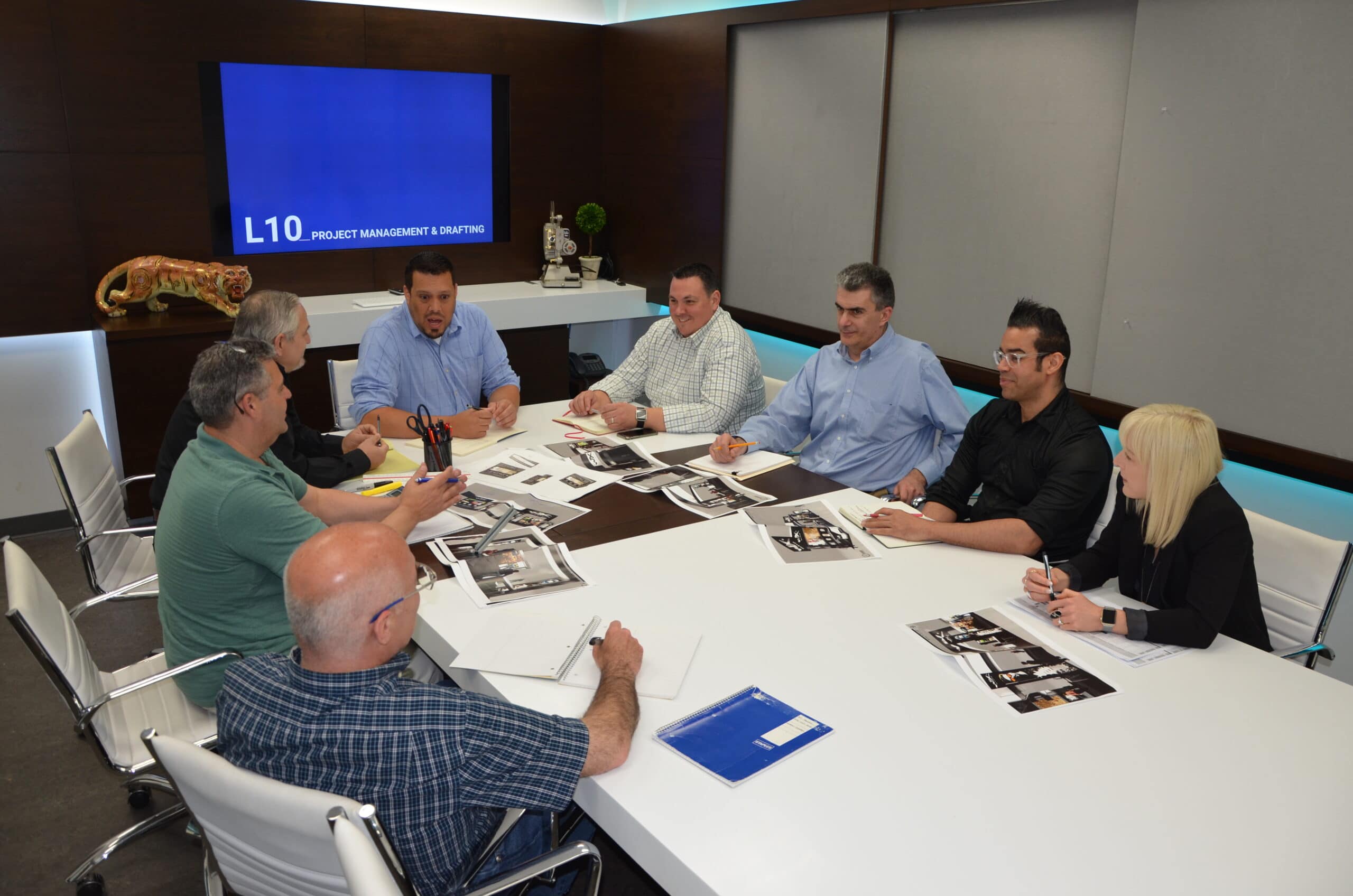March 22nd, 2018
When you track leads that are generated from a trade show or live event, you can easily measure your return on investment. The easiest way to do so is to use a CRM and create separate entries for leads that come from the trade show or live event. Enter email addresses and contact information under the event name in the CRM and create weekly reports. Make sure to monitor those reports for a pre-determined length of time as leads convert to customers; this information can then be used for an ROI formula to measure return on investment. Use lead tracking to determine:
Number of leads.
Simply knowing how many leads were generated at a trade show or live event compared to other marketing initiatives is valuable.

Close rate percentages.
Sales teams can report the number of sales that came from leads that were obtained at the trade show or live event.
Average sale value.
Tracking lead information can be used to assess the average value of sales resulting from these experiential event leads.
Encompassing formulas.
Variables such as total leads generated, close rate percentages, and average sales values can be plugged into specific ROI formulas to determine how much revenue was generated from a specific trade show or experiential event.

But trade shows and live events can generate more than income. They strengthen brand awareness and provide opportunities to acquire customer feedback while gaining insight into current industry trends and company market position.
You should also consider other aspects, such as brand awareness, consumer commentary, and projected market position when measuring your return on investment to see the complete picture.
March 15th, 2018